There’s nothing quite like the feeling of capturing a lioness with her cubs, a herd of elephants splashing in a river or an African fish eagle mid-flight. Wildlife photography is extremely exciting, but it’s also an activity that requires patience, timing, skill and the right equipment (and knowing how to use it!).
Patience is something that you have to surrender to, timing can very much be the luck of the draw (or a trigger-happy finger), and skill is something that you can quickly learn. But having the right camera equipment is something that you can control.
We’ve put together a comprehensive guide covering everything you need to become an expert wildlife photographer, including the best cameras for wildlife photography and more.
Introduction to wildlife photography
Many consider wildlife photography as one of the most challenging forms of photography, as you can’t exactly ask the animals to strike a pose for you. Also, they don’t typically stay still for very long, so you need to be ready (and quick) to get the best shot.
Great wildlife photographs also come down to having good technical skills – including exposure knowledge, timing, composition and framing.
Then there’s the safety issue. It’s so easy to get lost in your lens and forget that these are real, wild animals that you’re photographing. Don’t risk your life for a photo, and remember to keep a safe distance between yourself and your subject matter while out in the bush with your camera!
Best cameras for wildlife photography
When it comes to picking the best camera for nature photography, it’s not as simple as recommending one specific brand and model. There are a ton of cameras to choose from! Selecting the best one for you comes down to what style of photography you’re into as well as personal preferences.
Tip: Remember to always shoot in RAW format so that your images contain as much detail as possible!
Best cropped sensor cameras for wildlife photography
Firstly, the Canon EOS 90D is a good all-rounder and arguably the best budget camera for nature photography. Canon announced the 90D in September 2019, offering a 10fps burst, 4K video recording, outstanding image quality and dual-pixel autofocus.
The great thing about this camera is that you can use it in a variety of ways: use the buttons, the joystick or the touchscreen. Its cropped sensor means that the telephoto lenses it uses are lighter and cheaper than some of the other options out there.
Next on our list of cropped sensor cameras is the Nikon D500. While pricier than the Canon EOS 90D, it offers everything that you would expect from one of the best cameras for wildlife. It’s solidly built, with easy and quick operation, excellent autofocusing, industry-leading ISO performance and dual card slots.
Best full-frame cameras for wildlife photography
If you’re looking for increased detail and ISO performance over extra reach, you may consider a full-frame camera instead of a cropped sensor model. They are, however, more expensive than the cropped sensor camera models.
Our full-frame choice is the Nikon D850.
While not designed to be a wildlife camera, its features are so practical that it would do well in a nature photography setting. It has a 47.5MP full-frame sensor, an incredibly dynamic range of 15 stops, super-fast focusing and no anti-aliasing filter for full sharpness.
If you’re after something a bit more affordable but still full-frame, look no further than the Sony Alpha A7 III. Sony has been producing some of the most innovative cameras as of late.
The benefits of the Alpha A7 III include its lightweight body, continuous shooting at 10fps and impeccable autofocus and tracking. This camera is also mirrorless and feels comparable to an entry-level DSLR in your hand.
It’s a great value-for-money camera and is one of the best mirrorless cameras for nature photography.
Best cameras for bird photography
If you’re looking to capture birds with your camera, get ready for the challenge! Birds can be quite tricky to capture, between their fluffy feathers and swift movements.
Before you get started, you should know that you’ll need to start tracking your subject matter in your camera’s viewfinder before you can snap away. Additionally, bird photography typically requires a faster shutter speed to capture birds mid-flight.
There are a few different types of cameras that you can choose for bird photography. A bridge camera is somewhere between a DSLR and a point-and-shoot camera and offers an inexpensive option for those first trying photography out.
Some people might prefer a traditional DSLR which is perfect for the various kinds of photography styles.
It’s also advisable to invest in a strong telephoto lens for bird photography. The zoom lens you choose should have a focal length of 300mm at a minimum. You may find that selecting a big-name camera allows for excellent compatibility if you’re looking to switch up your lenses.
For bird-loving beginners, we recommend the Nikon Coolpix P1000. There isn’t anything else like it available on the market.
You don’t need to buy an additional lens for this camera as it comes with a fixed zoom lens that magnifies pictures up to 125x. Being a bridge camera, the Coolpix P1000 is more similar to a point-and-shoot than a DSLR which makes it incredibly easy to use.
While its sensor may be small, it’s still an excellent option for newbie photographers; and one of the best cameras for wildlife photography for children, too.
The Nikon D500 mentioned earlier can also be used for bird photography as it allows greater control over your images. It should be paired with the Nikon 200-500mm lens to capture the best bird images. This lens is a great wildlife photography lens if you own a similar Nikon DSLR and want to adjust for bird photography.
Are you an avid twitcher? Read our guides to bird watching in the Kruger National Park (South Africa) , Chobe National Park (Botswana) and the Okavango Delta (Botswana).
Best lens for wildlife photography
After choosing a camera, you’ll need an equally great lens (a considerably long one).
If you purchase the Sony Alpha A7 III, the Sony FE 100-400mm lens is a great option. If Nikon is your brand of choice, then consider getting the Nikon AF-S FX NIKKOR 200-500mm lens. You may also consider buying a compatible lens from another brand, such as the Tamron 16-300mm, which is compatible with the Canon EOS 90D.
Start by joining a photographic safari
Once you’ve chosen your camera and got your lenses, you’ll be ready to travel across the world in pursuit of wildlife. To help you out, why not join a photographic safari?
The Pangolin Photographic Safari in Botswana is one of the most memorable holidays you can imagine. You’ll get to practice your photography skills while out in the beautiful country of Botswana.
From magnificent birds in flight to hippos peeking through the water and giraffes bending down to drink – these are just a few of the magical moments you could capture on your camera.
The best part is that experienced photographers are there with you to show you the ropes on the photography tour boat, including tips for editing in Lightroom, setting up the photographic swivel rig, panning and more.
We highly recommend checking out the Pangolin Photographic Safari in Botswana if you’re serious about wildlife photography.
There’s more to it than point & click
Regardless of your skill level, there are bound to be many different camera options for the budding wildlife photographer.
Choosing the best camera for this style of photography will undoubtedly depend on how serious you are about your new hobby. From the best wildlife DSLR camera to a budget bridge camera for bird photographers, you’ve got a few options to consider.
Ending thoughts
We hope you’ve found this guide helpful and that it’s given you a few research options for your next camera purchase!
Are you an aspiring wildlife photographer? Have you captured some amazing shots in past safaris? Let us know your experience in the comments below!
Thanks for reading!

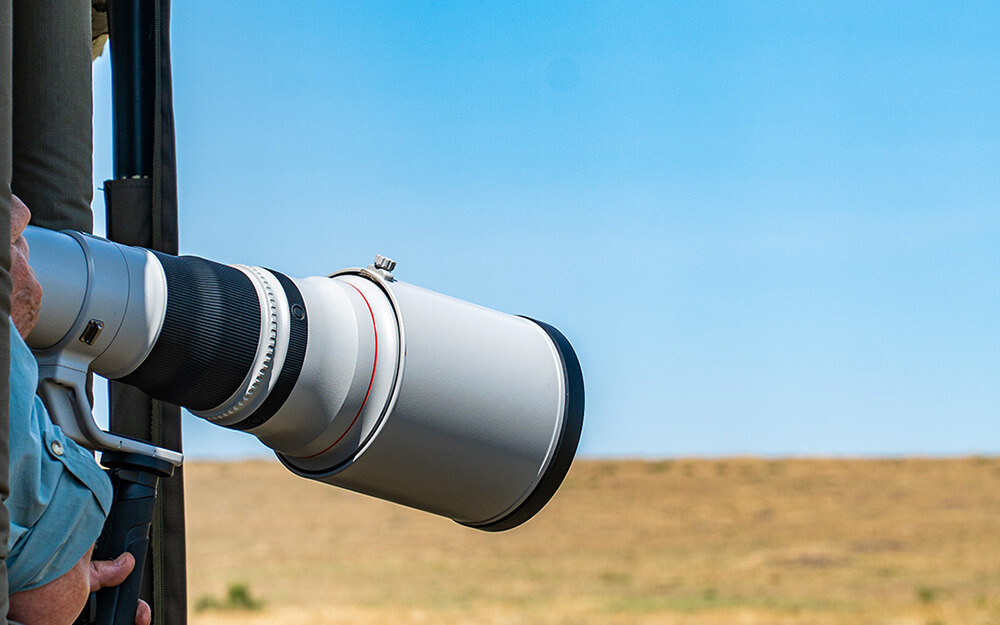

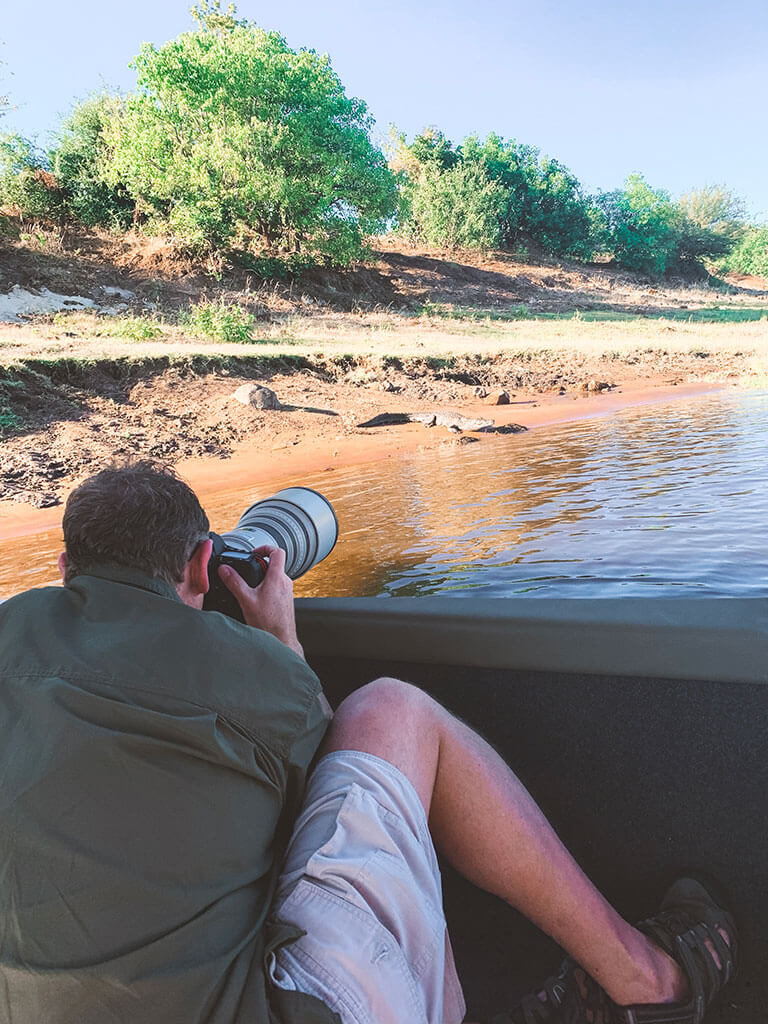

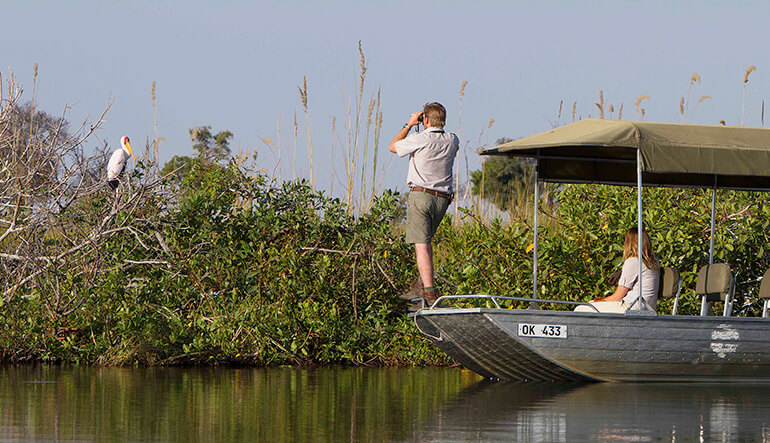

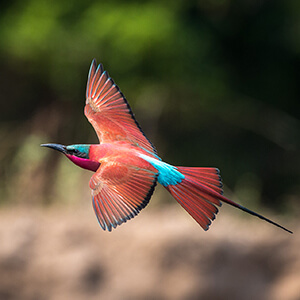

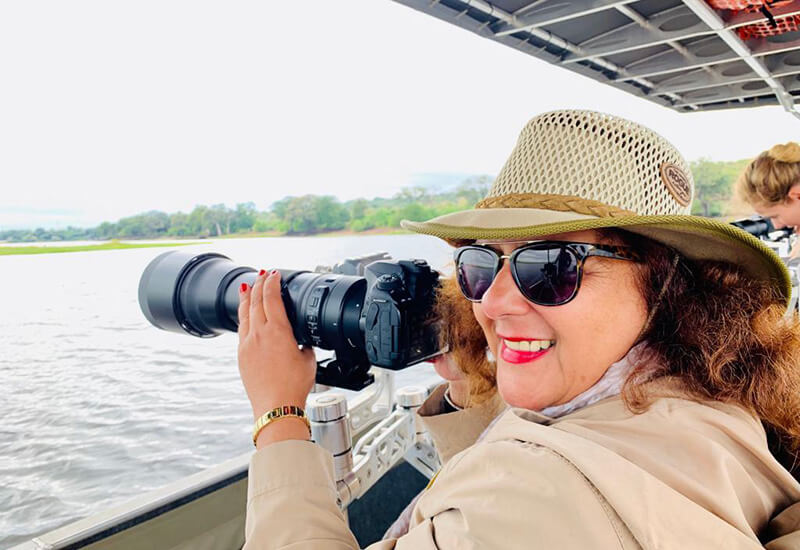
Sony RX10 Mk IV or the sony rx10 mk 111 are all you need, unless you are selling extremely high end photos these cannot be beaten, chuck away your backpack full of lenses and stick with one of these, the mark 111 really cannot be beaten at its present price.
Thank you for these suggestions Richard!